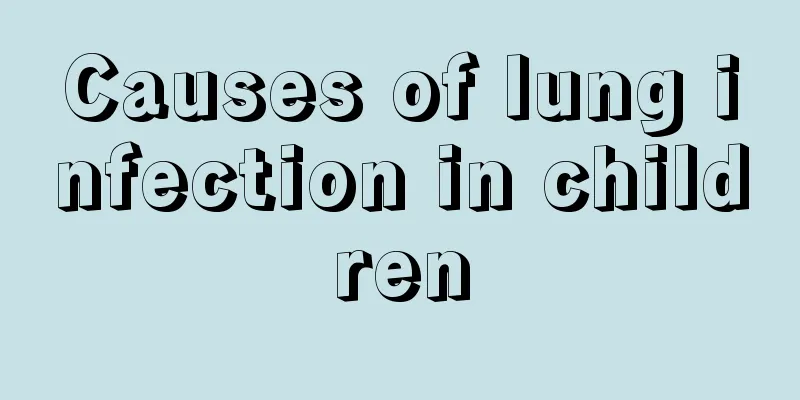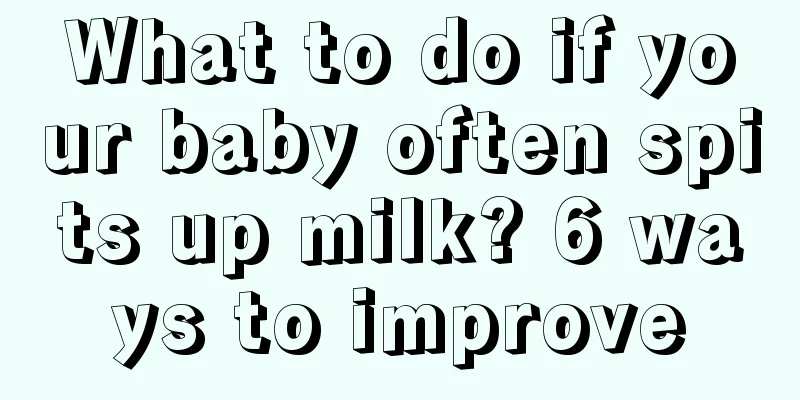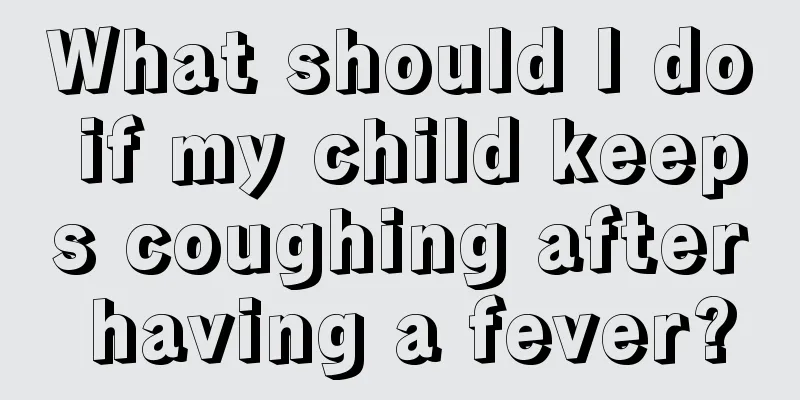Causes of lung infection in children

|
Children's lung infection. Generally, children are more prone to illness. At this stage, they are very sensitive to various things, so our parents need to take better care of them. Children's lung infection is also a more difficult problem. Generally, there will be high fever, cough and other symptoms. When children get this disease, the disease develops very quickly and the condition is also relatively serious. They need to see a doctor immediately to get out of danger. Children with pneumonia usually have cough, yellow sputum, and high fever. Antibiotics can be used for symptomatic treatment. If the child has a fever, use the drug Motrin to reduce the temperature. If the child has frequent coughs, fatigue, drowsiness and other symptoms of poisoning, hospitalization is recommended. You can go to the hospital and get antibiotics such as cephalosporins through intravenous drip. Remember to drink plenty of water to promote the discharge of inflammatory secretions. If you have difficulty breathing or asthma, you can inhale antibiotics through nebulization. In addition, you should also pay attention to a high-protein diet to strengthen your body's resistance. The main symptoms of pneumonia in babies are fever, cough and wheezing. The onset of pneumonia can be acute or slow, and usually occurs a few days after an upper respiratory tract infection. The first symptom seen is fever or cough, with body temperature generally at 38~39℃. Adenovirus pneumonia can cause high fever for 1~2 weeks. Weak babies may not have a fever or even have a body temperature lower than normal. There may be coughing, choking or milk leaking from the nose. Common symptoms include poor appetite, poor spirits, irritability, and restless sleep. Severely ill children may experience symptoms of breathing difficulties such as flaring of the nose and bluish discoloration around the mouth, and may even suffer from respiratory failure and heart failure. The sick children may also experience digestive system symptoms such as vomiting, abdominal distension, and diarrhea. Pneumonia in children has an acute onset, severe condition, and rapid progression, and is a disease that threatens the baby's health and even life. But sometimes it is similar to the symptoms of children's colds and is easy to be confused with them. Therefore, it is necessary for parents to master the knowledge of distinguishing these two common childhood diseases so as to detect childhood pneumonia in time and treat it early. Newborns often have atypical symptoms, and may present with choking and coughing while feeding, cyanosis around the mouth, vomiting, refusal to feed, shortness of breath, foaming at the mouth, etc. Dry and moist rales can be heard in the lungs. Chest X-ray or chest film reveals patchy shadows in the lungs. The above is a detailed introduction to the causes and symptoms of lung infection in children. When a baby is found to have a lung infection, in order to prevent it from spreading to other places, we should treat it as soon as possible. I believe that the baby is also very painful during this period. In order for the baby to grow up healthier and stronger, we need to take good care of the children and let them recover soon. |
<<: What should we do if children have weak spleen and stomach?
>>: Causes and treatments of bad breath in babies
Recommend
How to eliminate abdominal distension in children
Abdominal distension and pain in children can mak...
If parents are not tall, can their children grow taller?
The problem of children's height is not only ...
What is the importance of early education?
The physical health of children is something that...
What's wrong with the child's hunchback?
Hunchback is a common occurrence in our lives. Mo...
Can recurrent asthma in children be cured?
Asthma is a relatively common respiratory disease...
Why do children often have knee pain?
Every child is the apple of the family’s eye. Whe...
What happens if there are black lines in my baby’s poop?
After having a baby in the family, the whole fami...
How to judge your baby's intelligence
As a baby grows, his or her various body function...
Why does my child hiccup frequently?
Hiccups are common in our lives, especially when ...
What are the symptoms of acute tonsillitis in children?
Acute tonsillitis is more common in children. Com...
What to do if a newborn has congenital dacryocystitis
Parents should pay attention to the health of the...
What to do if a child has a fever and convulsions
Fever and convulsions in children are a relativel...
8 situations in which children with low-grade fever should seek medical attention immediately
If a child has a low fever, parents must be vigil...
Symptoms of renal hypertension in children
Many elderly people are prone to renal hypertensi...
Symptoms of high myocardial enzymes in babies
We all know that babies have weak resistance and ...









